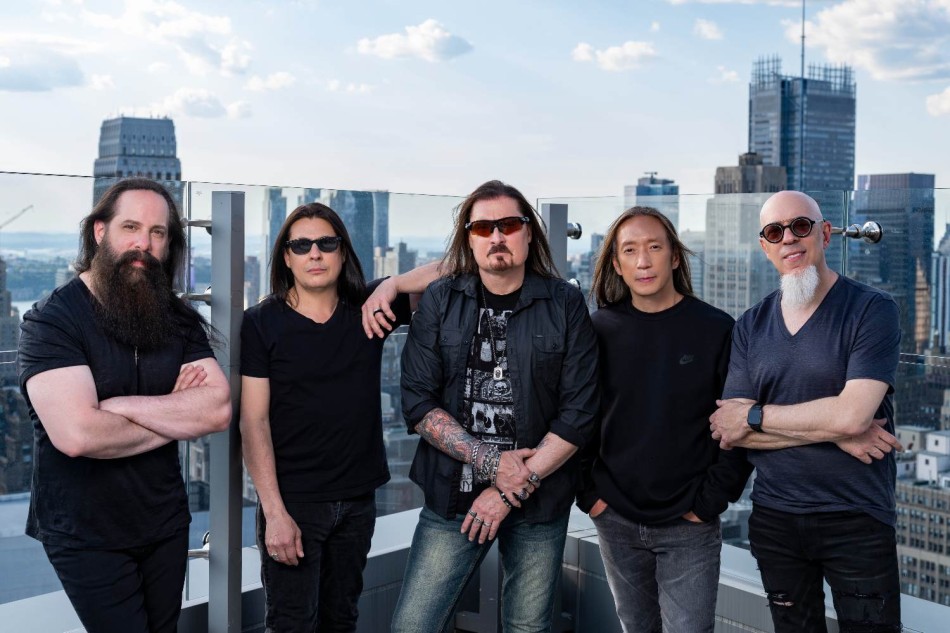Dream Theater, the legendary progressive metal band, has captivated audiences for nearly four decades with their technical mastery, intricate compositions, and thought-provoking lyrics. Formed in 1985 at the Berklee College of Music in Boston, Massachusetts, the band has become one of the most influential forces in progressive rock and metal. Their dedication to musicianship, storytelling, and innovation has earned them a dedicated global fanbase.
The Birth of a Progressive Giant
Dream Theater was founded by John Petrucci (guitar), John Myung (bass), and Mike Portnoy (drums) while they were students at Berklee. The trio initially called themselves Majesty, a name inspired by the grandeur of Rush’s music. They later changed their name to Dream Theater due to a trademark conflict.
The band’s early lineup went through multiple changes before solidifying with James LaBrie on vocals, Jordan Rudess on keyboards, and eventually, Mike Mangini replacing Mike Portnoy on drums in 2010. Despite these shifts, the band’s core musical vision remained intact: to push the boundaries of progressive metal while delivering complex yet emotionally resonant compositions.
Musical Style and Influence
Dream Theater’s music is defined by its fusion of progressive rock, heavy metal, and classical influences. Their compositions often feature extended instrumental sections, odd time signatures, and virtuosic solos. Influenced by bands like Rush, Pink Floyd, and Yes, as well as classical composers such as Bach and Beethoven, Dream Theater has carved out a unique sound that blends technical proficiency with deep storytelling.
Albums such as Images and Words (1992), Metropolis Pt. 2: Scenes from a Memory (1999), and Octavarium (2005) showcase their ability to craft intricate narratives and emotionally powerful songs. The band is also known for its conceptual albums, where songs seamlessly flow into one another, telling a larger story that unfolds throughout the record.
Notable Albums and Hits
Images and Words (1992) – This breakthrough album featured the iconic track “Pull Me Under,” which gained massive airplay on MTV and radio stations. It introduced the band to a broader audience and cemented their place in the progressive metal scene.
Metropolis Pt. 2: Scenes from a Memory (1999) – A rock opera concept album, this record is regarded as one of the greatest progressive metal albums of all time. It tells a complex and emotional story involving past lives, love, and betrayal, set to some of the most intricate music Dream Theater has ever written.
Train of Thought (2003) – A heavier and darker album, Train of Thought leaned more towards metal while still maintaining the band’s signature complexity. Songs like “Endless Sacrifice” and “In the Name of God” demonstrate their ability to blend aggression with melody.
The Astonishing (2016) – A two-disc rock opera, The Astonishing tells a dystopian sci-fi story, showcasing the band’s cinematic and orchestral elements. While divisive among fans due to its grandiose nature, it highlights Dream Theater’s ambition and storytelling prowess.
Legacy and Impact
Dream Theater’s impact on the progressive metal genre cannot be overstated. Their technical skill has influenced countless musicians, and their emphasis on musical education has inspired aspiring artists to hone their craft. Guitarist John Petrucci, in particular, is regarded as one of the greatest guitarists of all time, often praised for his speed, precision, and expressive playing.
The band’s live performances are legendary, known for their marathon setlists and musical precision. They often perform entire albums in concert, a testament to their dedication and musicianship. Their live DVD Live at Budokan (2004) is a must-watch for any progressive metal fan.
Beyond music, Dream Theater has fostered a community of passionate fans who appreciate the artistry and complexity of their work. They continue to release albums and tour worldwide, proving that progressive metal remains alive and well.




